Tibet Autonomous Region, often called simply “Tibet,” lies in the far southwest of China, nestled high in the Himalayas on the Qinghai-Tibet Plateau. It’s the country’s largest province-level division by area and one of the most unique in culture and geography. Lhasa, its capital, is known as the “City of Sunshine” and serves as both the spiritual and political heart of Tibetan Buddhism.
With majestic natural scenery and deeply spiritual traditions, Tibet draws travelers seeking more than just a vacation—it offers a journey for the soul. From Mount Everest and sacred lakes to remote monasteries and sweeping grasslands, Tibet is a destination unlike any other.
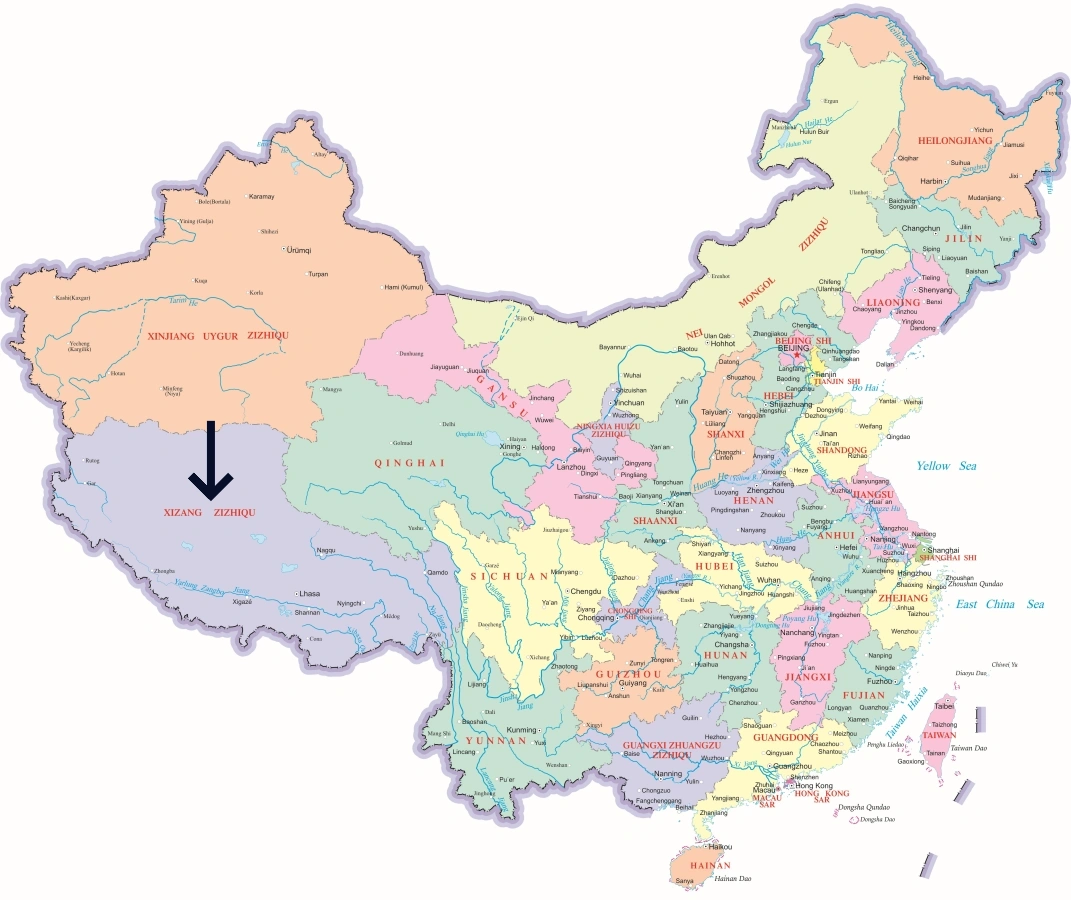
Tibet consists of seven major prefecture-level cities and regions. Each offers a different facet of Tibetan culture and breathtaking landscapes. Lhasa is the most visited, followed by Shigatse, Nyingchi, and Chamdo. Regions like Shannan, Nagqu, and Ngari offer deeper adventures for those seeking remote beauty.
Whether you’re interested in Tibetan Buddhism, high-altitude hiking, or ethnic minority culture, Tibet’s cities have something for every kind of traveler.
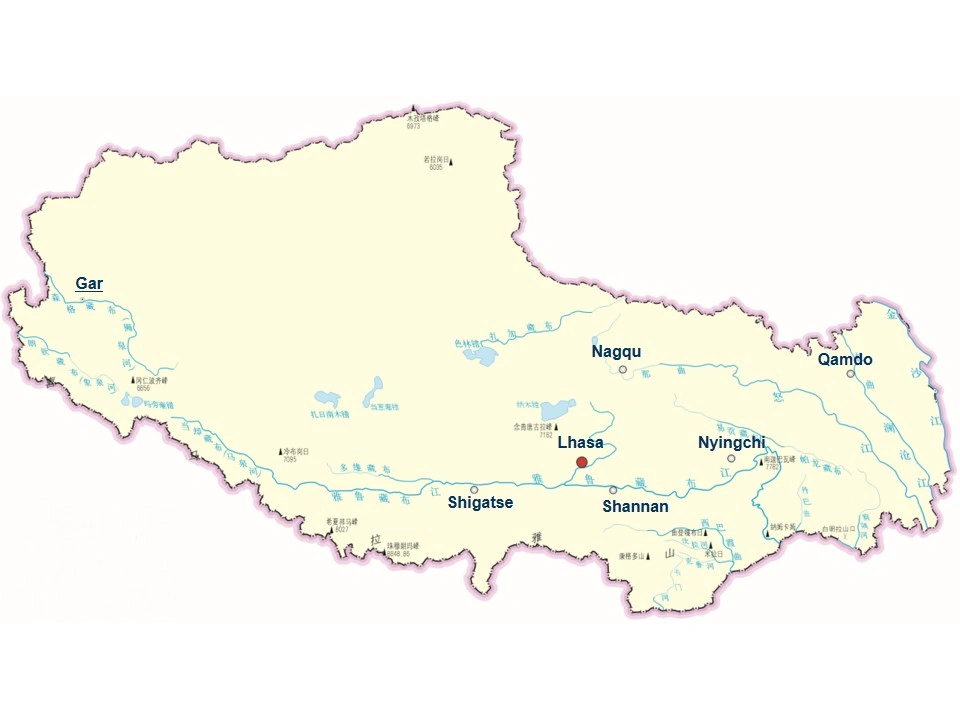
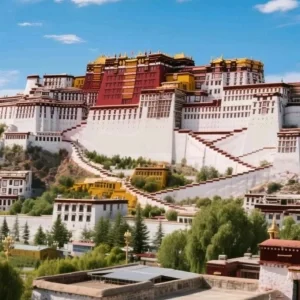
Tibet’s capital and spiritual center. Home to iconic landmarks like Potala Palace, Jokhang Temple, and Norbulingka, Lhasa blends deep religious history with modern Tibetan life.
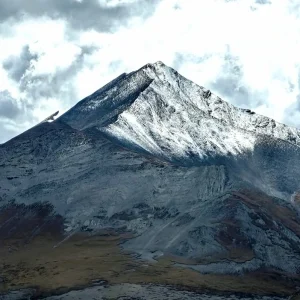
The second-largest city in Tibet. Known for the Tashilhunpo Monastery and access to Mount Everest Base Camp, it serves as the gateway to the Himalayas.
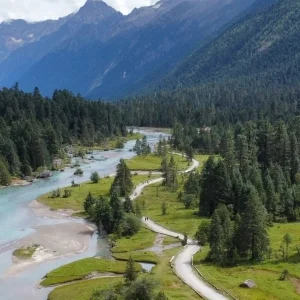
Dubbed “the Switzerland of Tibet,” this low-altitude region offers lush forests, rivers, and stunning views of Mount Namcha Barwa.
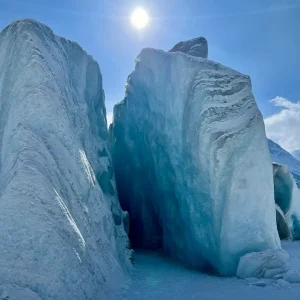
Eastern Tibet’s cultural crossroads. With influences from the Kham region, this area features Ranwu Lake, ancient monasteries, and pristine glaciers.
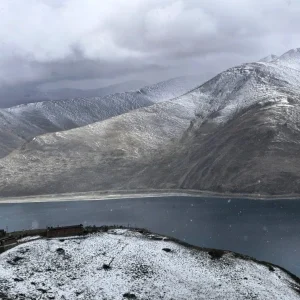
Considered the cradle of Tibetan civilization. Famous for Samye Monastery, Yumbulagang Palace, and the turquoise waters of Yamdrok Lake.
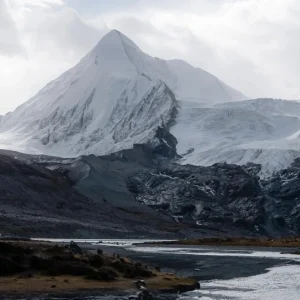
A vast, rugged grassland in northern Tibet. It’s the heartland of nomadic culture and hosts the famous Naqu Horse Racing Festival.
Tibet is ideal for both cultural tourism and nature travel. Whether you want to explore ancient monasteries, marvel at Himalayan peaks, or wander around sacred lakes, every destination offers a sense of awe and discovery.
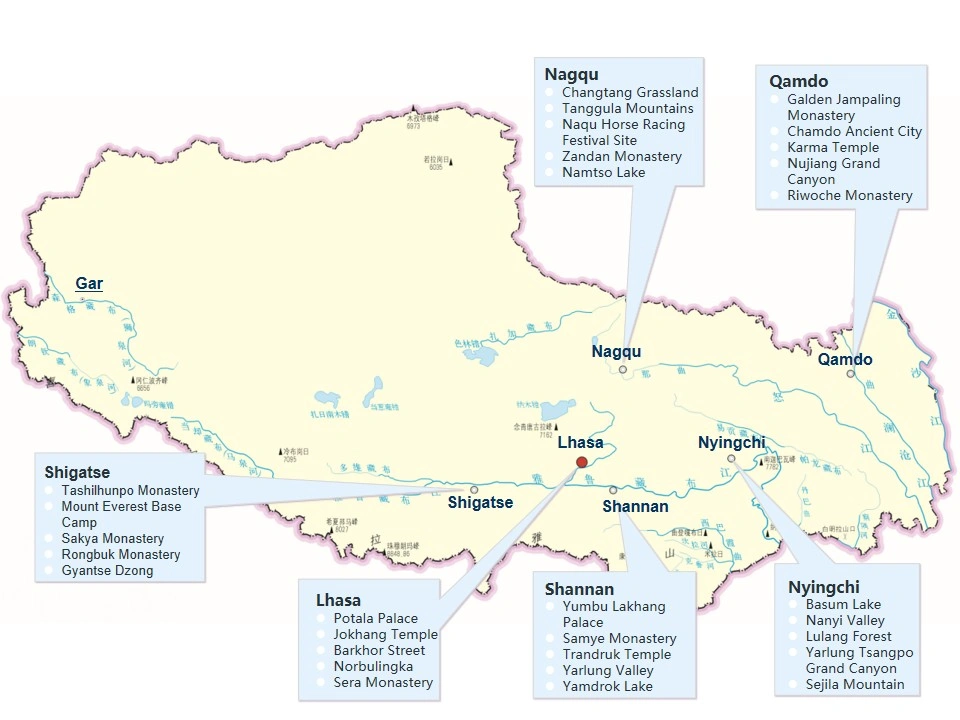
-300x300.webp)
A UNESCO World Heritage Site and the former winter residence of the Dalai Lamas. It symbolizes Tibetan Buddhism and offers panoramic views over Lhasa.
-300x300.webp)
At 8,848 meters, it’s the tallest mountain in the world. The Everest Base Camp on the Tibetan side allows travelers to witness the Himalayas up close.
-300x300.webp)
Regarded as one of China's most beautiful mountains. Its mystical, cloud-covered peak is a favorite for hikers and photographers.
-300x300.webp)
Known as the “Heavenly Lake,” it sits at 4,718 meters above sea level. Its crystal-clear waters and surrounding snow-capped mountains are breathtaking.
-300x300.webp)
One of Tibet’s three sacred lakes. Its turquoise water and surrounding hills make it a photographer’s dream.
-300x300.webp)
Revered by four major religions, this mountain draws pilgrims from around the world. Circumambulating the mountain is considered a spiritual rite.
-300x300.webp)
The first Buddhist monastery built in Tibet, combining Chinese, Indian, and Tibetan architectural styles.
Tibetan food reflects the harsh yet spiritual lifestyle of the plateau. Dishes often include yak meat, barley flour, and dairy products to provide energy and warmth in the cold, high-altitude environment.
The cuisine is hearty, distinct, and deeply intertwined with local customs and religious practices.
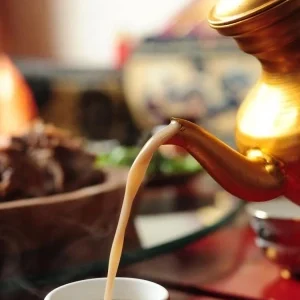
Made with yak butter, brick tea, and salt. A daily essential for locals, and a unique taste for travelers.
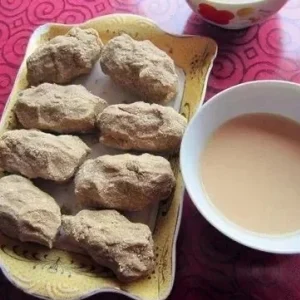
Roasted barley flour mixed with butter tea. This traditional staple is easy to carry and perfect for high-altitude energy.
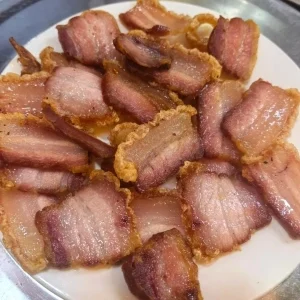
Free-range and slow-grown on the plateau. Its meat is tender and flavorful, often roasted or stir-fried.
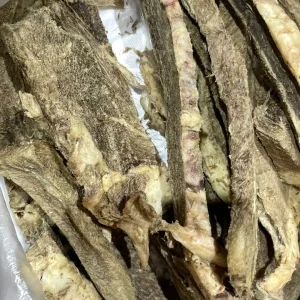
Rich and chewy, this snack is naturally cured in the cold, dry climate. Ideal for treks or long road trips.
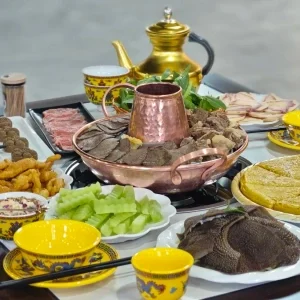
A warming dish featuring yak meat, root vegetables, and a spicy dipping sauce. Perfect for family meals in cold weather.
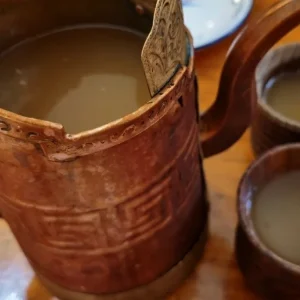
Mildly sweet and low in alcohol. This homebrewed drink is commonly served during festivals and celebrations.
Tibet covers approximately 1.2 million square kilometers, making it the largest region in China by land area. Despite its size, the population is just around 3.65 million (as of 2023). Here’s a breakdown by major cities and regions:
Lhasa: 29,518 km², approx. 870,000 people
Shigatse: 182,000 km², approx. 800,000 people
Nyingchi: 117,000 km², approx. 230,000 people
Chamdo: 110,000 km², approx. 650,000 people
Shannan: 79,000 km², approx. 370,000 people
Nagqu: 450,000 km², approx. 500,000 people
Ngari: 340,000 km², approx. 120,000 people
Tibet’s climate is primarily high-altitude and semi-arid. While regions like Lhasa and Shigatse experience clear skies and strong sunlight, Nyingchi in the southeast is wetter and milder due to monsoon influence.
Monthly climate overview (based on Lhasa/Nyingchi data):
January: Coldest month; -10 to 5°C. Dry air, sunny days, chilly nights.
February: Slightly warmer, but still cold. Large day-night temperature differences.
March: Noticeable warming. Great for early outdoor trips.
April: Spring arrives; ideal hiking weather with mild temps.
May: Comfortable and dry; marks the beginning of peak travel season.
June: Lush greenery, especially in Nyingchi; average 15–25°C.
July: Peak of rainy season. Nyingchi gets most precipitation.
August: Humid but still great for nature trips. Less crowded than July.
September: End of monsoon. Crisp air, blue skies, perfect for photography.
October: Best for trekking and cultural tours.
November: Getting colder. Some snow in higher altitudes.
December: Dry and very cold. Good for quiet winter visits.
Best time to visit Tibet: Between April and October. May-June is ideal for greenery; September-October for clear skies and spiritual experiences.
Here are the postal and telephone codes for major Tibetan cities and regions:
Lhasa: Postal Code 850000, Area Code 0891
Shigatse: Postal Code 857000, Area Code 0892
Nyingchi: Postal Code 860000, Area Code 0894
Chamdo: Postal Code 854000, Area Code 0895
Shannan: Postal Code 856000, Area Code 0893
Nagqu: Postal Code 852000, Area Code 0896
Ngari: Postal Code 859000, Area Code 0897
